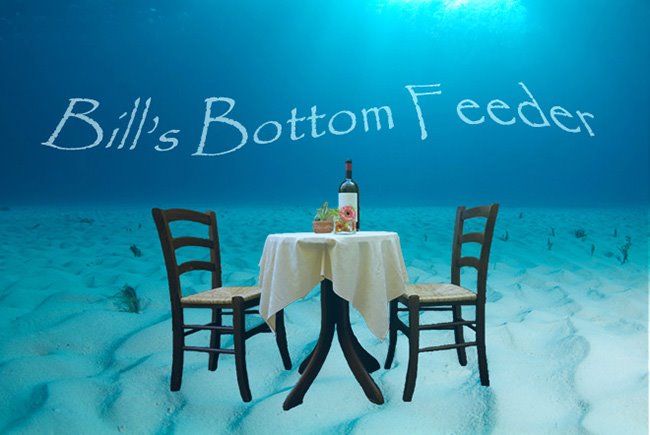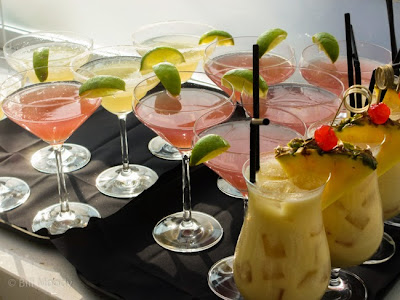Another course in the devouring of the elephant, i.e. the
Netherland trip. Think it will be a brief
course today, we’re having some guests arrive tomorrow, so need to keep
cleaning, etc.
The title of our tour was “Tulips and Windmills” and aside
from the touristy one on the first day and the few occasional beds we’d seen
little of neither. After finally leaving
Amsterdam, our first stop remedied the lack of the windmills. We stopped at a UNESCO World Heritage Site called:
Which is pronounced “Kinder Dike” meaning, Infant or Child’s
Dike. there's a reason for that, but i don't remember exactly.. but it wasn't the "finger in the dike" thing. Kinderdijk is a group of 19 historic windmills that were used to
pump water from the Alblasserwaard to reclaim the land. Without going into details,
most people know that the windmills were used primarily for the purpose of pumping water from low to high, as much of the
Netherlands is below sea level.
After leaving the ship via the gangplank (boing, boing, boing)
We entered the site, and were given an introduction to the area by a very knowledgeable
guide
besides the story of the area in general, he explained in much technical detail the actual
internal workings of a windmill, and, after listening to him for a bit, MFO
whispered “this guy is an engineer!”. Later
in the tour, somebody asked the guide “what did/do you do for a living?”;
answer: I am a retired mechanical engineer.
Bingo! She knows her engineers! Not sure if that is a positive or negative observation...
Regardless of the mechanical use of the windmill, they are
extremely pleasant to look at.
(water, water, everywhere)
One of the mills is opened for part of the tour, and we got to
go inside and look at the living quarters, which, as you can imagine were quite
cramped. Once outside again the engineer
explained the process of turning the movable “head” to move the sails into the
wind. It doesn’t weather vane by itself;
it must be turned by the miller. To accomplish
that there is a windlass that is used, and by putting a chain around radially
spaced anchors in the ground, rotating the windlass will move the head.
Those wooden “wings” or poles are what actually applies the torque to the head and moves
it around to face the wind
Inside the mill, a horizontal shaft attached to the sails
rotates a toothed wheel that gears into a vertical shaft which then drives the
scoops down below that move the water.
One interesting we learned (besides the workings of the thing) was that a windmill was also used to transmit information. The mills are visible over pretty long
distances, and it turns out there was a “code” associated with the placement of
the sails when they were stationary. If
the upper sail was to the right of vertical (such as above) it signaled “joy”,
like there was a birth, or celebration going on. If it was past (left) vertical, it was in the “mourning”
position for say a death or funeral. A distinct “X” position meant
that the miller was at rest for a while.
Interesting..
After much walking and absorbing of information, we headed
back to the boat and cruised some more, passing through some locks.
While this was going on, high tea served
and yes, watercress sandwiches were served..
And later on a special “cocktail hour” for returning Viking guests. Since our group (Cole Travel) was "returning", we all got invited
Despite the concoction on the right the Cosmos were okay, but eventually I cycled over to a
more appropriate drink
Finally we arrived at our next day’s destination, the
city of Antwerp.
There was a food experience there which we’ll relate next
time. After cocktail hour, it was time to go
below and
DFD













No comments:
Post a Comment